Nissan Ariya vs Volvo EX40 – Which car suits you better?
Everyday use, family trips or long-distance drives – here’s where the differences show.
Discover whether Nissan Ariya or Volvo EX40 fits your lifestyle better.
Costs and Efficiency:
Price and efficiency are often the first things buyers look at. Here it becomes clear which model has the long-term edge – whether at the pump, the plug, or in purchase price.
Nissan Ariya has a slightly advantage in terms of price – it starts at 37300 £, while the Volvo EX40 costs 42800 £. That’s a price difference of around 5571 £.
In terms of energy consumption, the advantage goes to the Volvo EX40: with 16.60 kWh per 100 km, it’s barely noticeable more efficient than the Nissan Ariya with 17.70 kWh. That’s a difference of about 1.10 kWh.
As for range, the Volvo EX40 performs hardly perceptible better – achieving up to 576 km, about 45 km more than the Nissan Ariya.
Engine and Performance:
Power, torque and acceleration are the classic benchmarks for car enthusiasts – and here, some clear differences start to show.
When it comes to engine power, the Volvo EX40 has a hardly perceptible edge – offering 442 HP compared to 435 HP. That’s roughly 7 HP more horsepower.
In acceleration from 0 to 100 km/h, the Volvo EX40 is slight quicker – completing the sprint in 4.60 s, while the Nissan Ariya takes 5 s. That’s about 0.40 s faster.
In terms of top speed, the Nissan Ariya performs minimal better – reaching 200 km/h, while the Volvo EX40 tops out at 180 km/h. The difference is around 20 km/h.
There’s also a difference in torque: Volvo EX40 pulls slightly stronger with 670 Nm compared to 600 Nm. That’s about 70 Nm difference.
Space and Everyday Use:
Cabin size, boot volume and payload all play a role in everyday practicality. Here, comfort and flexibility make the difference.
Both vehicles offer seating for 5 people.
In curb weight, Nissan Ariya is hardly perceptible lighter – 1980 kg compared to 2040 kg. The difference is around 60 kg.
In terms of boot space, the Nissan Ariya offers to a small extent more room – 468 L compared to 410 L. That’s a difference of about 58 L.
In maximum load capacity, the Volvo EX40 performs hardly perceptible better – up to 1400 L, which is about 50 L more than the Nissan Ariya.
When it comes to payload, Volvo EX40 to a small extent takes the win – 480 kg compared to 420 kg. That’s a difference of about 60 kg.
Who wins the race?
The Volvo EX40 proves to be has a very small edge and therefore becomes our DriveDuel Champion!
Volvo EX40 is the better all-rounder in this comparison.
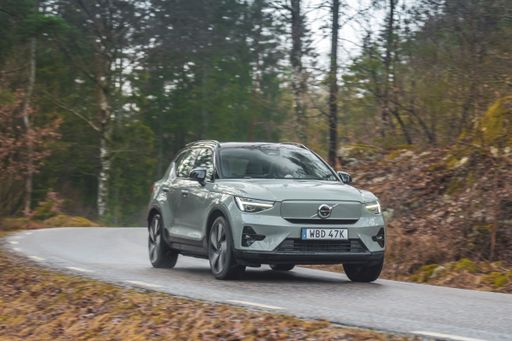
Volvo EX40
Nissan Ariya
The Nissan Ariya elevates the electric vehicle segment with its sleek design and advanced technology, providing a modern driving experience. Seamlessly blending comfort with performance, the Ariya offers an inviting and spacious interior that caters to both driver and passengers. Its innovative features make it a strong contender in the growing market for eco-friendly yet stylish automobiles.
details @ Nissan
@ Nissan
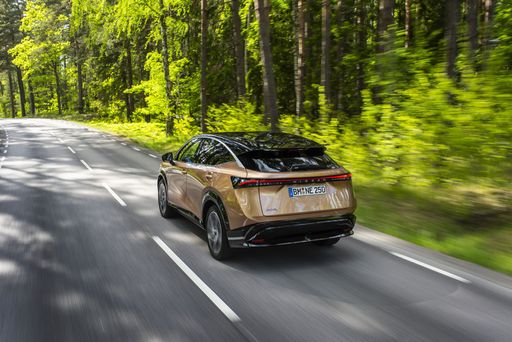 @ Nissan
@ Nissan
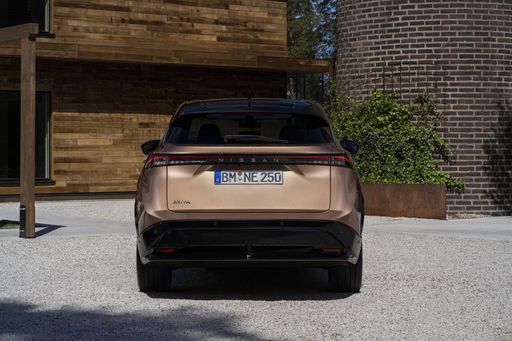 @ Nissan
@ Nissan
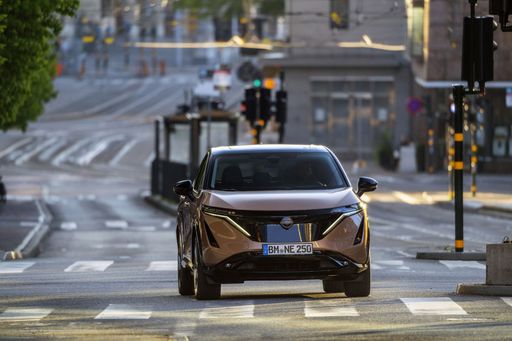 @ Nissan
@ Nissan
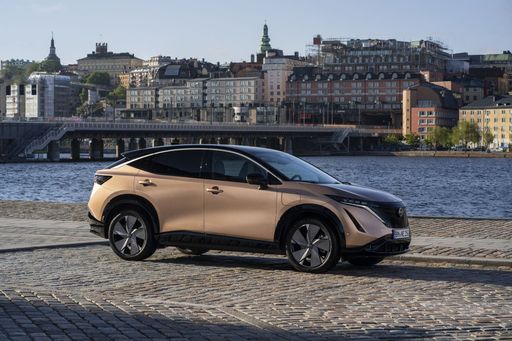 @ Nissan
@ Nissan
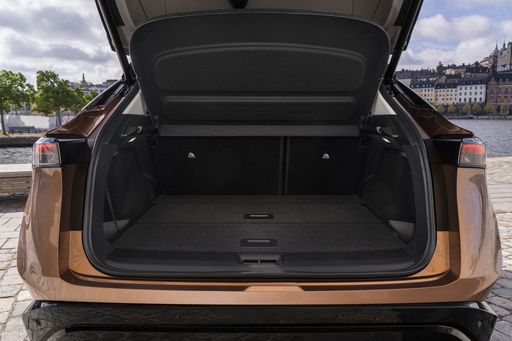 @ Nissan
@ Nissan
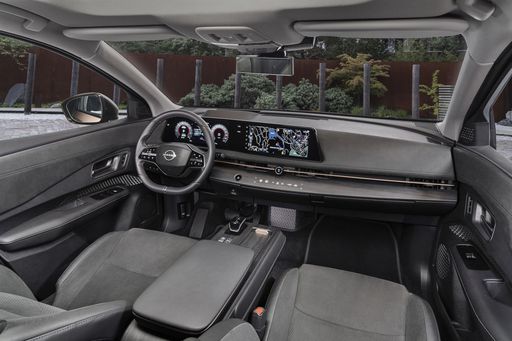 @ Nissan
@ Nissan
Volvo EX40
The Volvo EX40 represents a new chapter in the brand's commitment to sustainability and innovation, combining elegant Scandinavian design with cutting-edge electric vehicle technology. With its spacious interior and intuitive technology, the EX40 provides a comfortable and connected driving experience. The focus on eco-friendly materials and efficient performance makes it an attractive choice for those seeking a responsible and stylish drive.
details @ media.volvocars.com
@ media.volvocars.com
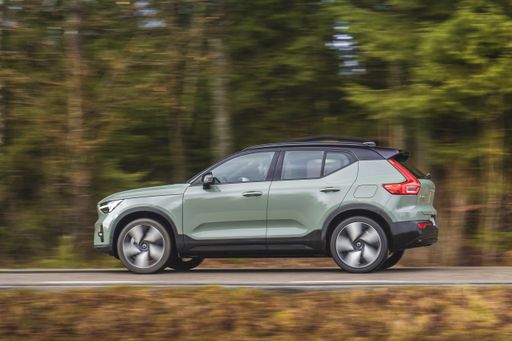 @ media.volvocars.com
@ media.volvocars.com
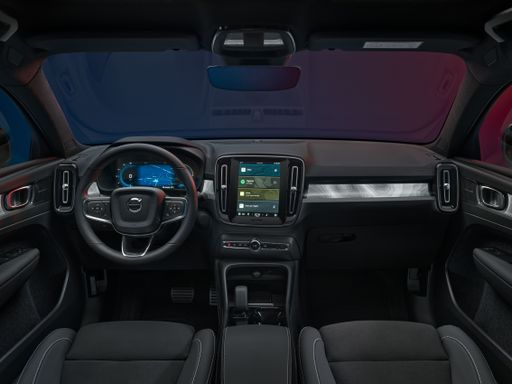 @ media.volvocars.com
@ media.volvocars.com

|

|
|
|
|
Costs and Consumption |
|
|---|---|
|
Price
37300 - 54800 £
|
Price
42800 - 58200 £
|
|
Consumption L/100km
-
|
Consumption L/100km
-
|
|
Consumption kWh/100km
17.7 - 24.5 kWh
|
Consumption kWh/100km
16.6 - 17.6 kWh
|
|
Electric Range
402 - 531 km
|
Electric Range
480 - 576 km
|
|
Battery Capacity
63 - 87 kWh
|
Battery Capacity
67 - 79 kWh
|
|
co2
0 g/km
|
co2
0 g/km
|
|
Fuel tank capacity
-
|
Fuel tank capacity
-
|
Dimensions and Body |
|
|---|---|
|
Body Type
SUV
|
Body Type
SUV
|
|
Seats
5
|
Seats
5
|
|
Doors
5
|
Doors
5
|
|
Curb weight
1980 - 2259 kg
|
Curb weight
2040 - 2170 kg
|
|
Trunk capacity
415 - 468 L
|
Trunk capacity
410 L
|
|
Length
4595 mm
|
Length
4440 mm
|
|
Width
1850 mm
|
Width
1863 mm
|
|
Height
1650 mm
|
Height
1647 mm
|
|
Max trunk capacity
1280 - 1350 L
|
Max trunk capacity
1286 - 1400 L
|
|
Payload
396 - 420 kg
|
Payload
430 - 480 kg
|
Engine and Performance |
|
|---|---|
|
Engine Type
Electric
|
Engine Type
Electric
|
|
Transmission
Automatic
|
Transmission
Automatic
|
|
Transmission Detail
Reduction Gearbox
|
Transmission Detail
Reduction Gearbox
|
|
Drive Type
Front-Wheel Drive, All-Wheel Drive
|
Drive Type
Rear-Wheel Drive, All-Wheel Drive
|
|
Power HP
218 - 435 HP
|
Power HP
238 - 442 HP
|
|
Acceleration 0-100km/h
5 - 7.6 s
|
Acceleration 0-100km/h
4.6 - 7.3 s
|
|
Max Speed
160 - 200 km/h
|
Max Speed
180 km/h
|
|
Torque
300 - 600 Nm
|
Torque
420 - 670 Nm
|
|
Number of Cylinders
-
|
Number of Cylinders
-
|
|
Power kW
160 - 320 kW
|
Power kW
175 - 325 kW
|
|
Engine capacity
-
|
Engine capacity
-
|
General |
|
|---|---|
|
Model Year
2022 - 2025
|
Model Year
2024
|
|
CO2 Efficiency Class
A
|
CO2 Efficiency Class
A
|
|
Brand
Nissan
|
Brand
Volvo
|
What drivetrain options does the Nissan Ariya have?
The Nissan Ariya is offered with Front-Wheel Drive or All-Wheel Drive.
The prices and data displayed are estimates based on German list prices and may vary by country. This information is not legally binding.
